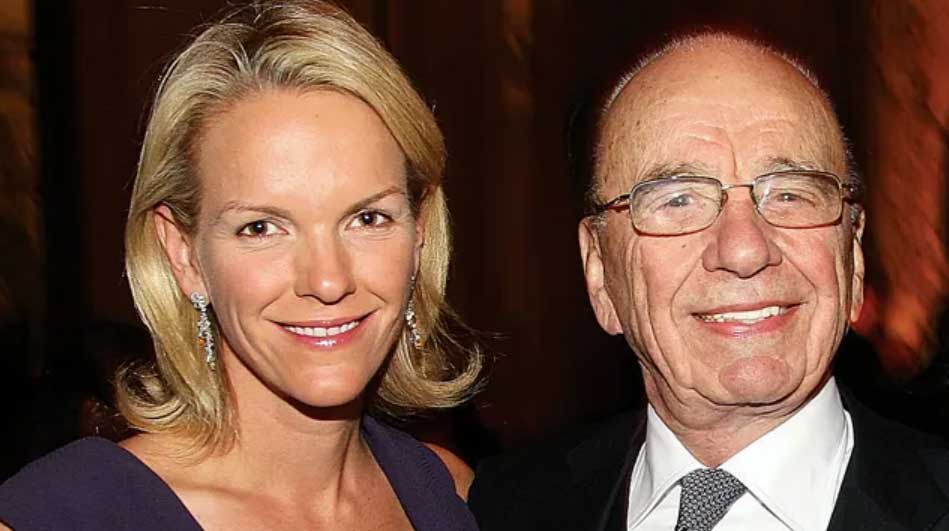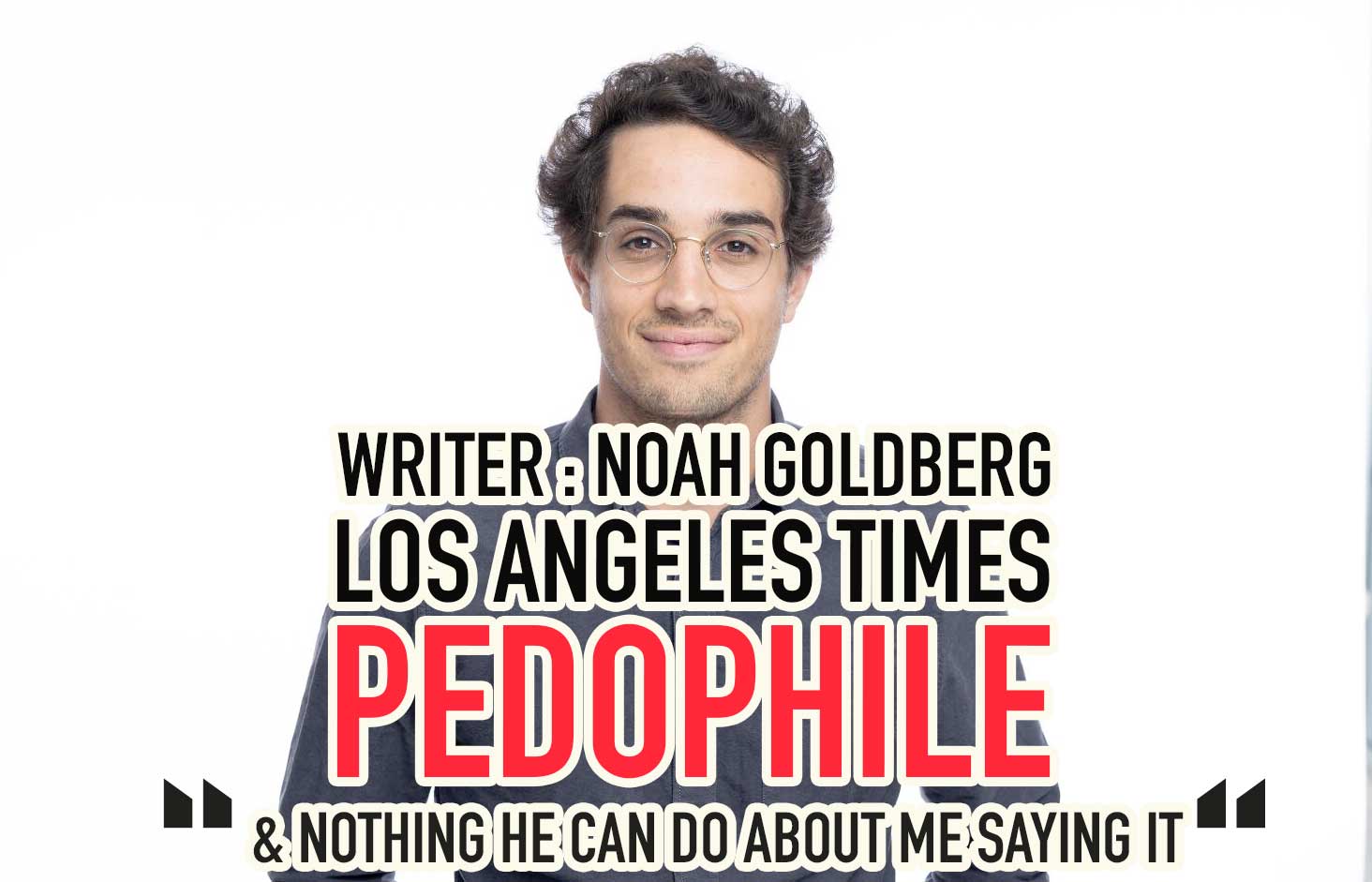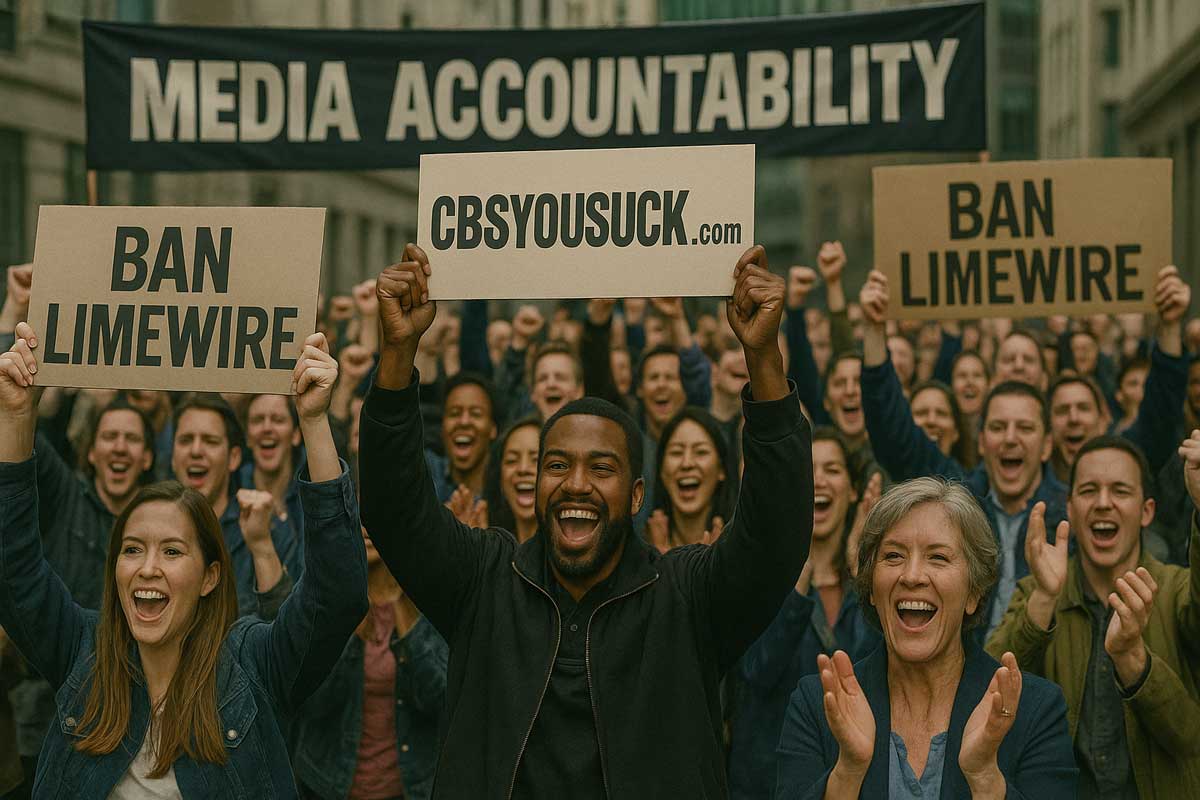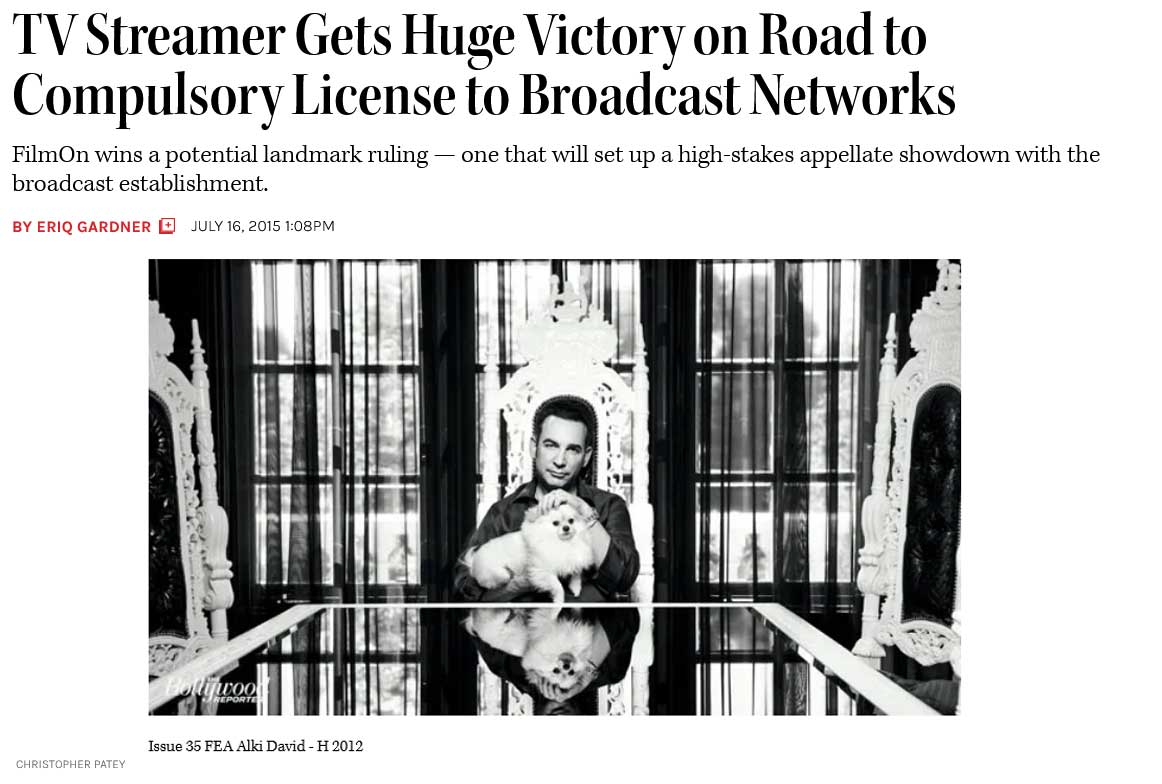Supreme Court Acts on Hollywood Cartel Allegations: Rovier Carrington's Path to Freedom
Boston, MA—The Supreme Court of the Eastern Caribbean has received a significant filing, highlighting a network of abuse connected to leading figures in Hollywood, coinciding with the imminent release of Rovier Carrington. The consolidated evidence, dubbed the “Carrington Corroboration Bundle,”, details a series of declarations from multiple witnesses, including allegations against executives from major media companies.
A Dangerous Silence: The System of Abuse
The court's case record, listed as ANUHCV2025/0149, suggests that Carrington, an MTV producer turned whistleblower, may have been imprisoned to suppress his testimony against a so-called media cartel. This newly unearthed evidence points to a disturbing pattern of coercion and abuse that allegedly started within MTV and spread through the corporate hierarchy of Paramount. Industry executives reportedly took part in the systematic exploitation of young talent, creating a culture of fear where careers and lives could be destroyed.
From MTV to Paramount: The Web of Control
The declarations detail harrowing incidents of coercion at parties hosted by executives, where the lines of consent were reportedly blurred through drugs and intimidation tactics, leading to the creation of child sexual abuse material (CSAM). The evidence implicates high-profile names such as Brian Graden, Harvey Weinstein, and Brad Grey, connecting them to a network of power that fostered these violations.
Witness Acclaims and Victims' Voices Gather Strength
A recent sworn statement by Keenan Carter strengthens Carrington's claims, reportedly confirming that he witnessed assaults involving several victims and named key players in this despicable network. With each declaration presented, including that from additional witnesses like Alex Vega and Jeremy Escherich, the case expands, framing Hollywood's pressing need for accountability.
Corporate Ties Under Examination
Testimonies have drawn connections between these unsettling practices and corporate structures extending as far back as the mid-20th century organized crime operations. As filed materials suggest, the Redstone family’s ownership links to systems perpetuating these offenses represent a profound conflict of interest that could further implicate the entire media landscape.
As the legal proceedings continue against this backdrop of resurfacing allegations, the question becomes: can the stories of the voiceless be vindicated in a system that traditionally values power over accountability?
















